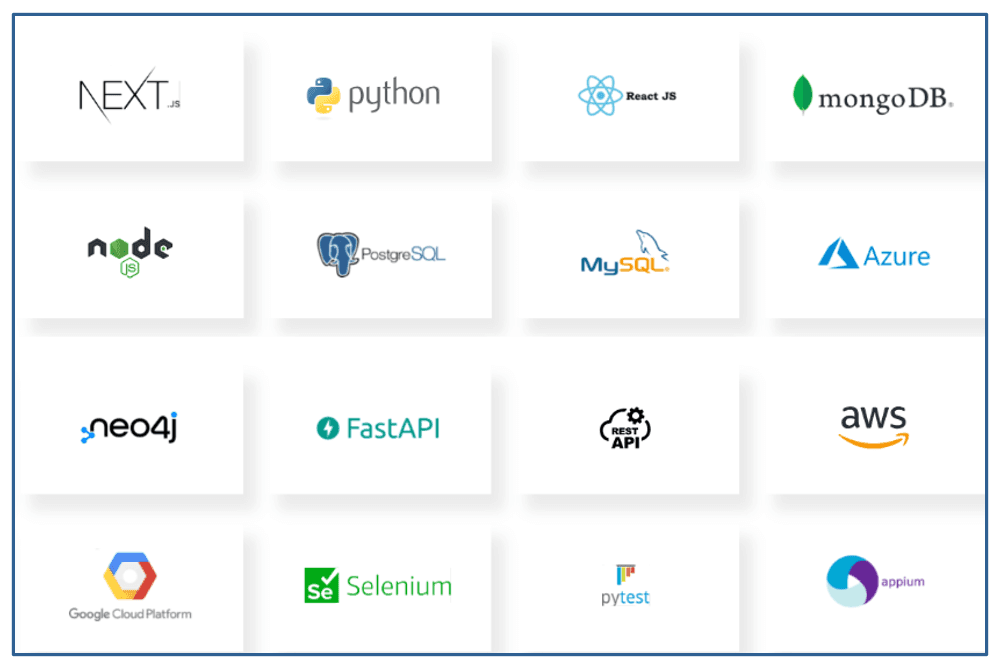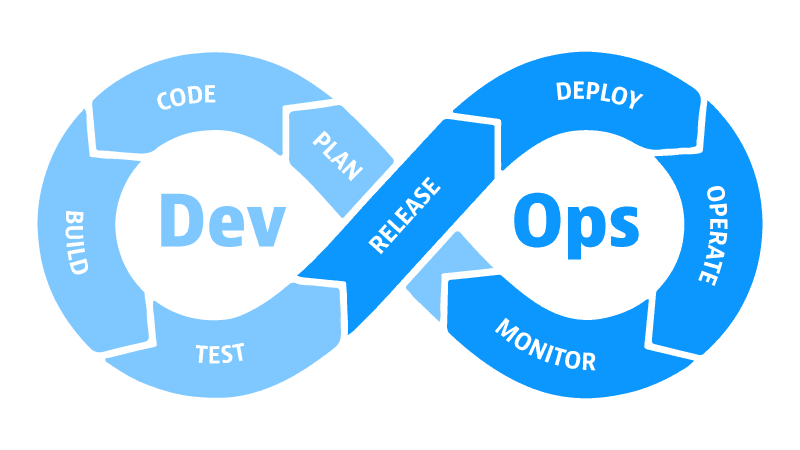Emerging Trends in Full-Stack Development for 2024: New Frameworks, Tools, and Best Practices
Introduction
As the digital world continues to evolve at a rapid pace, the field of full-stack development is undergoing significant changes. In 2024, full-stack developers find themselves at the forefront of these technological advancements, driven by new frameworks, cutting-edge tools, and updated best practices. These changes are not just about adopting the latest technologies but are reshaping how teams work together, manage projects, and achieve higher efficiency. In this blog post, we will explore the key trends defining full-stack development in 2024 and how these trends are impacting the software development landscape.

Understanding Full-Stack Development in 2024
Full-stack development refers to the comprehensive skill set that enables developers to handle both the front-end (client side) and back-end (server side) of web applications. In 2024, the definition of full-stack development has expanded to include proficiency in a wide range of technologies, from traditional HTML, CSS, and JavaScript to modern frameworks like React, Vue, Angular, and backend technologies like Node.js, Django, and Ruby on Rails. This year, full-stack developers are expected to possess knowledge in cloud computing, DevOps practices, and microservices architecture, reflecting the industry's growing demand for versatile, adaptable professionals.
One of the key terms in full-stack development today is "Jamstack" (JavaScript, APIs, and Markup), a modern web development architecture that decouples the frontend from the backend to improve performance and scalability. Similarly, terms like "Serverless" and "Headless CMS" are gaining traction, enabling developers to build more dynamic, efficient applications with reduced server dependency and greater flexibility.
Key Trends in Full-Stack Development for 2024
The Rise of New JavaScript Frameworks and Libraries
JavaScript continues to dominate the full-stack development landscape, but new frameworks and libraries are making their mark in 2024. Frameworks like Svelte and SolidJS are gaining popularity due to their simplicity, performance benefits, and smaller bundle sizes. Unlike their predecessors, these frameworks provide a more optimized, reactive approach to building applications, making them a favorite among developers seeking faster load times and a better user experience.
Adoption of Micro Frontends and Microservices
The concept of microservices has been around for a while, but 2024 sees a surge in the adoption of micro frontends. This architecture allows teams to break down frontend applications into smaller, manageable pieces, each developed and deployed independently. Micro frontends provide better scalability and faster development cycles, allowing teams to work on different parts of an application simultaneously without conflicts or dependencies.
Increased Focus on DevOps and Automation
In 2024, there is a significant emphasis on integrating DevOps practices into the full-stack development workflow. Automation tools like Jenkins, GitHub Actions, and GitLab CI/CD are becoming essential for streamlining deployment pipelines, testing, and monitoring. These tools enable teams to reduce manual intervention, minimize errors, and accelerate time-to-market, ultimately leading to more efficient project management and enhanced collaboration.
Serverless Computing and Edge Functions
Serverless computing is gaining traction as developers seek to build applications without managing the underlying infrastructure. With services like AWS Lambda, Azure Functions, and Vercel Edge Functions, developers can write and deploy code that runs on-demand, significantly reducing operational costs and complexity. Additionally, edge functions bring serverless computing closer to the end-user, reducing latency and improving application performance.
Enhanced Security Measures and Privacy Protocols
With the rise in cyber threats and data breaches, security is a paramount concern in full-stack development. In 2024, developers are adopting security-by-design principles, integrating security measures at every stage of the development lifecycle. Tools for automated vulnerability scanning, secure coding practices, and compliance with regulations like GDPR and CCPA are becoming standard requirements.
Advantages and Challenges of Emerging Trends
The evolving landscape of full-stack development offers several advantages:
-
Improved Performance and Scalability: New frameworks and micro-frontend architecture lead to faster, more responsive applications.
-
Greater Efficiency and Collaboration: DevOps tools and automation streamline workflows, reduce errors, and enhance team coordination.
-
Reduced Infrastructure Costs: Serverless computing minimizes the need for dedicated servers, cutting operational costs.
-
Enhanced Security: Integrated security practices provide a stronger defense against cyber threats.
However, these advancements also bring some challenges:
-
Steeper Learning Curve: Developers need to continuously upskill to stay updated with new frameworks, tools, and best practices.
-
Integration Complexity: Microservices and micro frontends can introduce complexity in managing dependencies and ensuring seamless integration.
-
Security Vulnerabilities: While new tools enhance security, they also introduce potential vulnerabilities if not implemented correctly.
Practical Tips for Leveraging Full-Stack Trends
To stay ahead in 2024, full-stack developers can consider the following tips:
-
Invest in Learning: Continuous education is crucial. Explore online courses, workshops, and certifications to stay current with emerging technologies like Svelte, SolidJS, and serverless computing.
-
Embrace DevOps: Familiarize yourself with CI/CD pipelines and automation tools to improve development workflows. Leverage platforms like Docker and Kubernetes to manage containerized applications efficiently.
-
Adopt a Security-First Mindset: Make security a core component of your development process. Use tools for automated testing and vulnerability scanning, and ensure your applications comply with data privacy regulations.
-
Experiment with New Architectures: Try implementing micro frontends or serverless functions in smaller projects to understand their benefits and challenges. This hands-on experience will prepare you for larger-scale applications.
-
Collaborate and Share Knowledge: Join developer communities, participate in open-source projects, and collaborate with peers. Sharing knowledge and experiences can accelerate learning and expose you to new ideas and practices.

Conclusion
Full-stack development in 2024 is marked by exciting new trends that promise to enhance the efficiency, performance, and security of web applications. By understanding and leveraging these trends ranging from new JavaScript frameworks to serverless computing—developers can stay competitive and contribute to creating more dynamic, user-friendly applications. As the field continues to evolve, staying informed, upskilling continuously, and adopting a forward-thinking approach will be key to success. Keep an eye on these emerging trends, experiment with new tools and practices, and remain adaptable in a constantly changing technological landscape.
By embracing these changes, you can not only stay ahead in your career but also contribute to the future of software development.